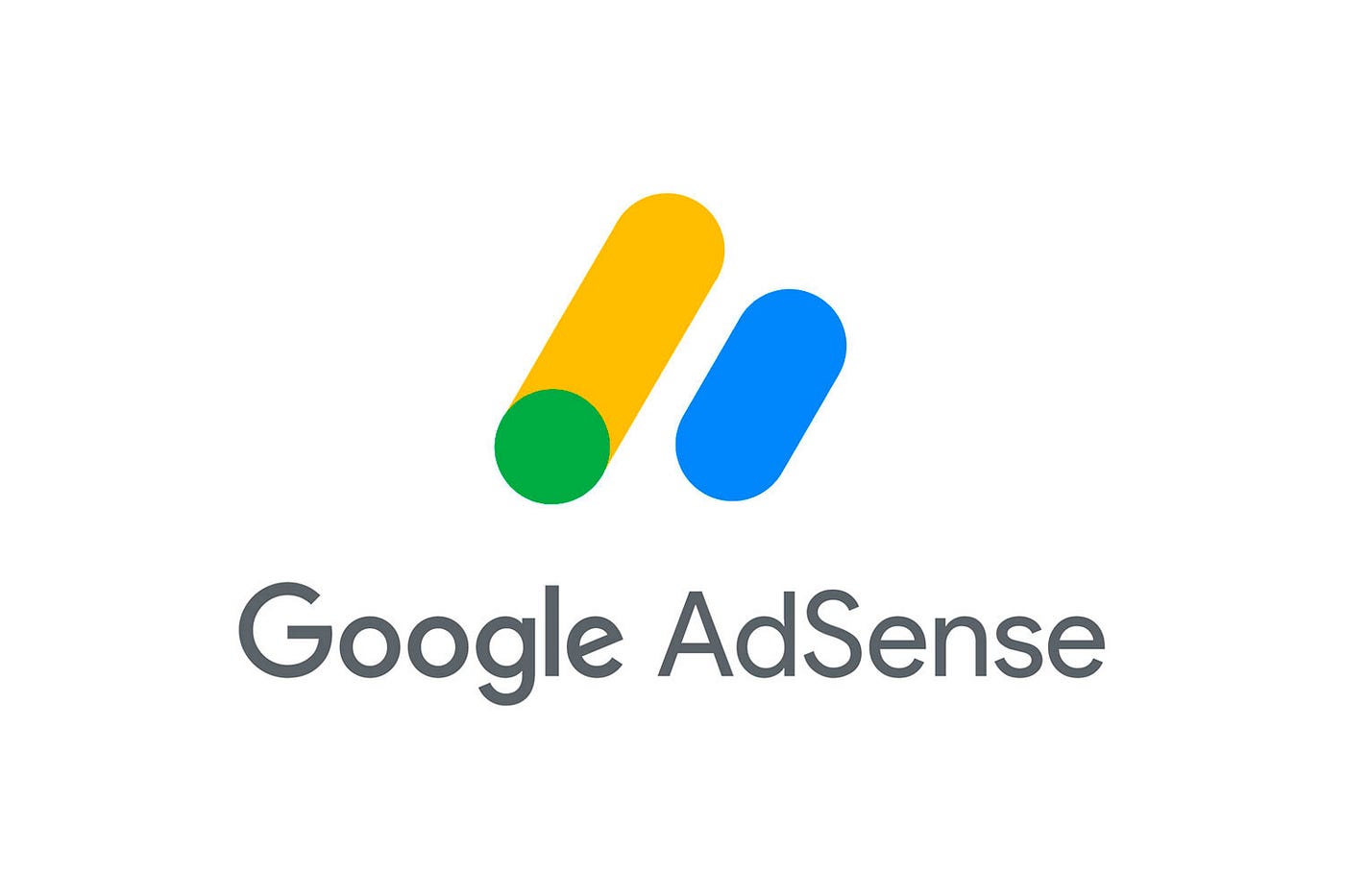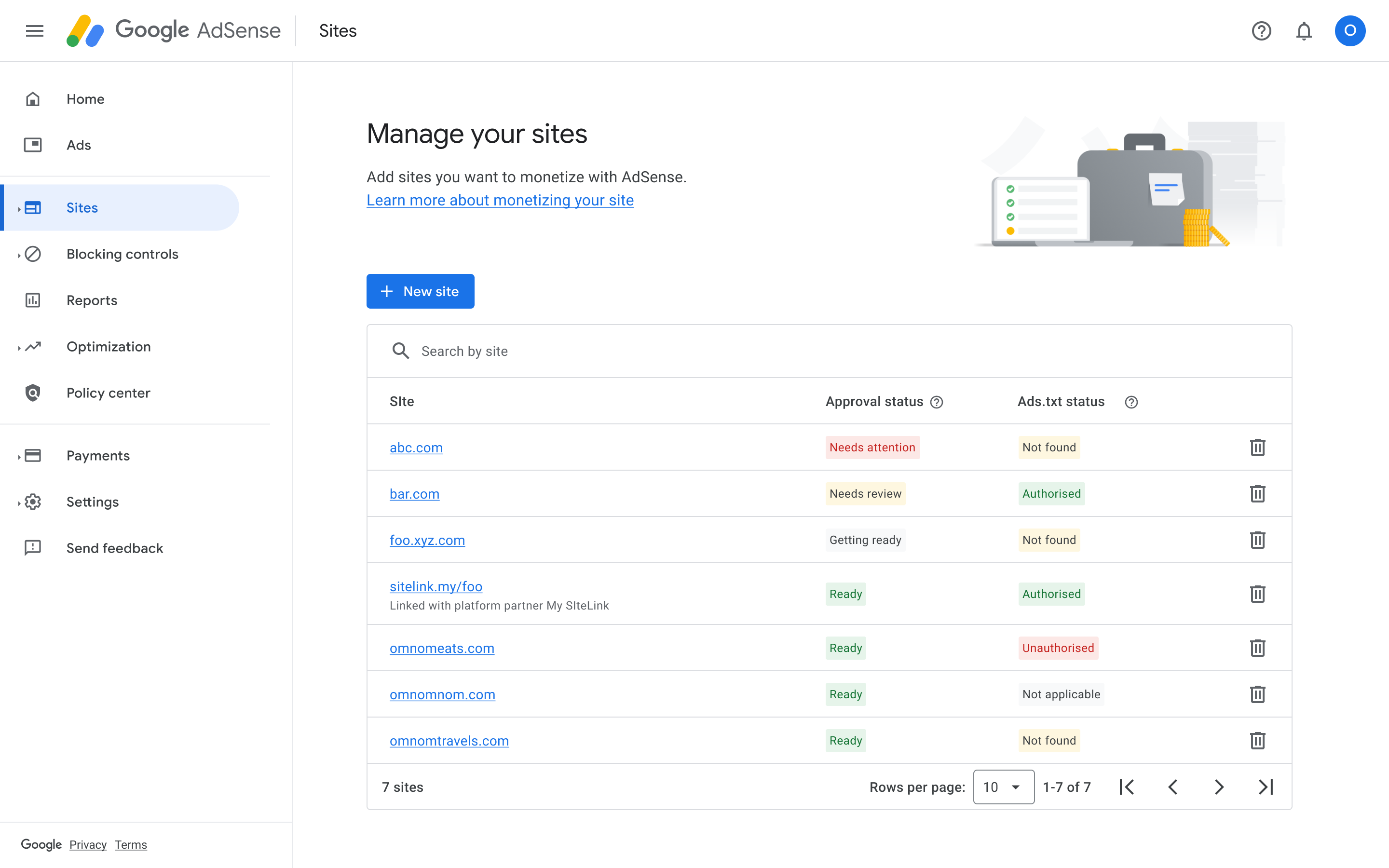Breaking News


Popular News


Harnessing the power of WordPress AdSense and effective SEO strategies can significantly boost your website’s traffic. Understanding how AdSense works and the benefits it offers forms the foundation for this growth. By implementing SEO best practices tailored for WordPress, you can maximize your site’s visibility. Moreover, integrating AdSense with these SEO strategies ensures a seamless approach to driving and monetizing traffic. Finally, continuously measuring and analyzing your traffic growth will help you refine your methods and achieve sustained success.
Contents
AdSense is one of the most popular ways to monetize a WordPress site. It allows website owners to display ads on their platforms and earn revenue when visitors interact with them. Here are some key benefits of leveraging WordPress AdSense:
In summary, integrating WordPress AdSense can significantly contribute to your site’s monetization strategy, providing a seamless and efficient way to generate income.

To maximize your WordPress AdSense revenue, adhering to SEO best practices is crucial. Follow these guidelines to enhance your site’s search engine rankings and attract more visitors:
Keyword Research: Begin with thorough keyword research. Tools like Google Keyword Planner can help you identify high-traffic keywords relevant to your content.
Quality Content: Consistently publish high-quality, original content that provides value to your readers. Search engines prioritize informative and well-structured articles.
On-Page SEO: Include your primary keywords in strategic locations such as the title, headings, URL, and meta descriptions. Ensure you also use synonyms and related terms to avoid keyword stuffing.
Mobile Optimization: Ensure your WordPress site is fully responsive. A mobile-friendly design enhances user experience and is a significant ranking factor for search engines.
Fast Loading Speed: Optimize images and use caching plugins to improve your site’s loading speed. Search engines penalize slow websites.
Internal Linking: Strategically link to other relevant posts on your site. This not only keeps visitors on your site longer but also distributes link authority throughout your site.
External Backlinks: Acquire backlinks from reputable sites. Quality backlinks can significantly boost your search engine rankings.
Incorporate these SEO best practices to make your WordPress AdSense site more visible in search engine results, ultimately driving more traffic and increasing your ad revenue.
To maximize your earnings and traffic, integrating WordPress AdSense with your SEO strategies is essential. Here’s how you can do it:
1. Optimize Ad Placement and Visibility
2. Use Responsive Ads
3. Target High-Performing Keywords
4. Combine Content and Keywords
Comparison: Keyword Placement vs Ad Placement
| Aspect | Keyword Placement | Ad Placement |
|---|---|---|
| Goal | Improve search engine ranking | Increase AdSense revenue |
| Best Practice | Use in titles, headers, and content | Above the fold, in-content, and sidebar |
| Impact | Higher organic traffic | Higher click-through rate (CTR) |
By seamlessly blending WordPress AdSense with robust SEO strategies, you can significantly boost both traffic and revenue on your WordPress site.
Tracking and understanding your progress is essential to leveraging WordPress AdSense effectively. By measuring and analyzing your traffic growth, you can identify successful strategies, optimize underperforming areas, and ultimately enhance your SEO and AdSense outcomes. Here’s how:
Consider using the following tools to gain comprehensive insights:
Analyzing this data enables:
By diligently measuring and analyzing traffic growth, you can make informed decisions that bolster both your SEO efforts and WordPress AdSense performance.

AdSense is a Google-run program that allows website owners to display ads on their sites and earn money when visitors click on these ads. For WordPress sites, integrating AdSense can provide a steady revenue stream. It leverages Google’s vast ad network, ensuring that the ads are relevant to your content and audience. This can enhance user experience while monetizing your traffic effectively.
SEO, or Search Engine Optimization, is crucial for improving your WordPress site’s visibility in search engine results pages (SERPs). By optimizing your content with relevant keywords, enhancing site speed, and ensuring mobile-friendliness, you can attract more organic traffic. Effective SEO practices help search engines understand your content better and rank it higher, leading to increased traffic and greater exposure for your website.
The best SEO practices for WordPress include using a quality SEO plugin like Yoast SEO, optimizing your titles and meta descriptions, utilizing clean and succinct URLs, and regularly updating your content. Additionally, improving site speed, ensuring mobile optimization, and creating a solid internal linking structure are essential. These practices help search engines index your site more effectively and improve your rankings.
Integrating AdSense with your WordPress site involves several steps. First, sign up for an AdSense account and add your site for approval. Once approved, you’ll receive a code snippet from AdSense. You can add this code to your WordPress site using a plugin like “Ad Inserter” or by directly editing your site’s HTML. It’s essential to place the ads in areas that don’t compromise the user experience, such as within the content or on the sidebar. Proper integration ensures ads are displayed correctly and can start generating revenue.